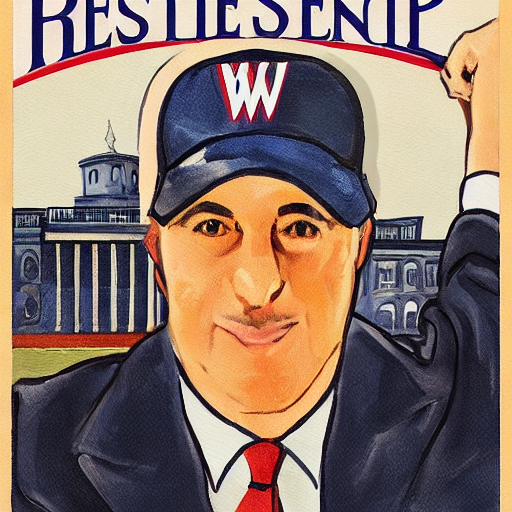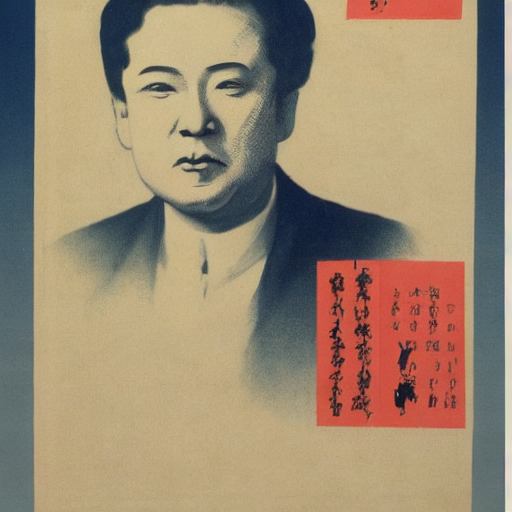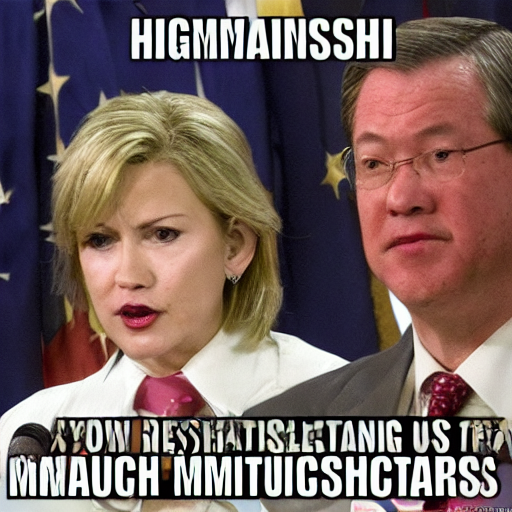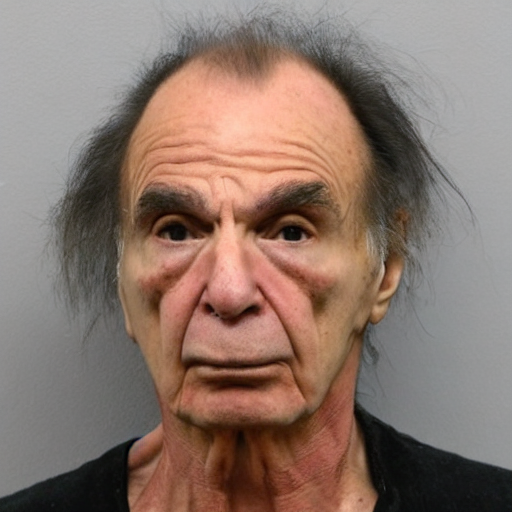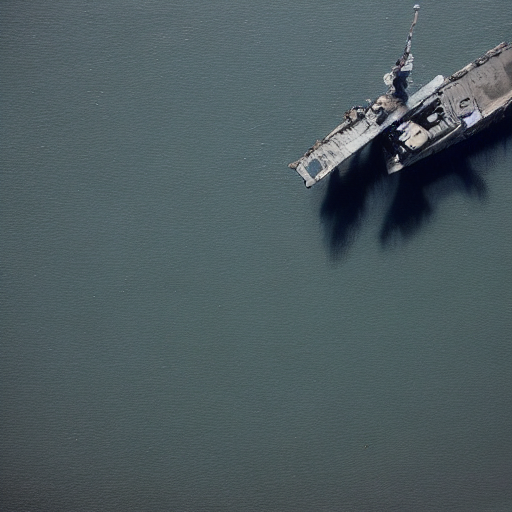"Tua Tagovailoa Gets the All-Clear After Sunday Scare: League's Chief Medical Officer Reveals Update!"
Published: 28-12-2022 04:38
Introduction
The National Football League (NFL) has a strict concussion protocol in place to protect players’ health. In the event that a player shows any signs or symptoms of a concussion on the field, they are immediately removed from play and placed into the concussion protocol. On Sunday, Miami Dolphins quarterback Tua Tagovailoa was sacked and stayed down for several minutes before eventually getting up and staying in the game. According to the NFL's chief medical officer, Dr. Allen Sills, Tagovailoa showed no symptoms of a concussion during the game or in the days following. In this tutorial, we will look at what steps the NFL takes in order to properly assess players for concussions and how Tagovailoa was protected from an unnecessary injury.
1. Pre-Game Evaluation
Before every game, each team is required to submit a list of all players who have been diagnosed with a concussion within the last three months as well as any players who are currently experiencing symptoms or have had multiple concussions in their career. Teams must also provide information about any changes in their players’ medical histories since their last evaluation such as head injuries suffered outside of football activities. Players included on this list are ineligible to participate until they are cleared by an independent neurologist and/or neuropsychologist specializing in sports-related brain injuries.
2. On-Field Identification
During games, there are both teams’ medical staffs present on the sideline who monitor each player for potential signs of concussions or other head trauma throughout play. If they believe that a player may be suffering from a head injury, they can call for an immediate evaluation by an unaffiliated neurological consultant (UNC). The UNC is responsible for evaluating all potential head injuries using a standardized set of criteria including physical exams, memory tests, balance tests and cognitive assessments among others. The UNC can then decide if further testing is needed or if it is safe for the player to return to play.
3. Post-Game Evaluations
After every game, each team is required to complete post-game evaluations for all players suspected of having sustained possible head trauma during play even if those players had already been evaluated by an UNC earlier in the game. These post-game assessments usually include physical exams along with cognitive tests such as memory quizzes and reaction time tests as well as balance tests designed to check for any lingering effects from potential brain injuries suffered during play. Players showing signs of concussions must be immediately placed into the league's concussion protocol which includes additional testing over multiple days and can result in extended absences from practice or games depending on the severity of their condition.
4. Tua Tagovailoa Case Study
In Tua Tagovailoa's case, he did not show any signs or symptoms on Sunday that would have triggered an immediate evaluation under the league's concussion protocol according to Dr Sills' statement on Tuesday morning after reviewing video evidence from Sunday's game along with post-game evaluations completed by both teams' medical staffs including Tagovailoa himself who reported no issues after being sacked several times late in fourth quarter action against Arizona Cardinals . Despite taking multiple hard hits during Sunday's contest , it appears that Tagovailoa avoided serious injury due to quick and proper identification by both teams’ medical personnel combined with rigorous pre-game evaluations mandated by NFL policy .
Conclusion
As this case study demonstrates , it is important for professional sports leagues such as NFL take proactive measures when it comes protecting their athletes from potentially dangerous situations like concussions . Through comprehensive pre - game evaluations , ongoing monitoring during games , and thorough post - game assessment protocols , NFL has taken significant steps towards ensuring its athletes remain healthy while playing at highest level . As we saw with Tua Tagivailoa , these protocols were successful at preventing unnecessary injury while keeping him eligible continue playing football this season .

